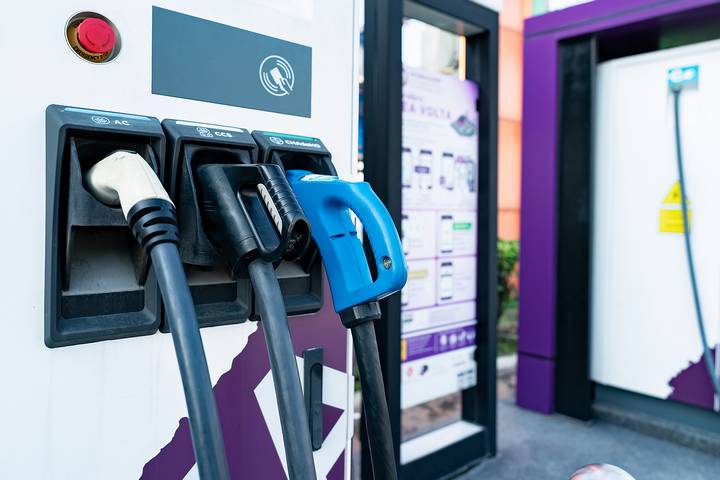Electric vehicles have become popular over the past few years thanks to their incredible benefits to the users and the environment. The invention of electric cars led to the development of EV charging stations. These are stations where EVs are recharged, serviced, or maintained, but recharging is the leading role.
Charging an electric car may be slightly more complex than filling up with fuel. However, it doesn’t have to be so if you have a comprehensive idea of how the system works alongside some safety measures. In case of any issue, be confident to consult an operator across the station for further safety.
Here is a discussion on how EV charging stations work.
EV Charging Equipment
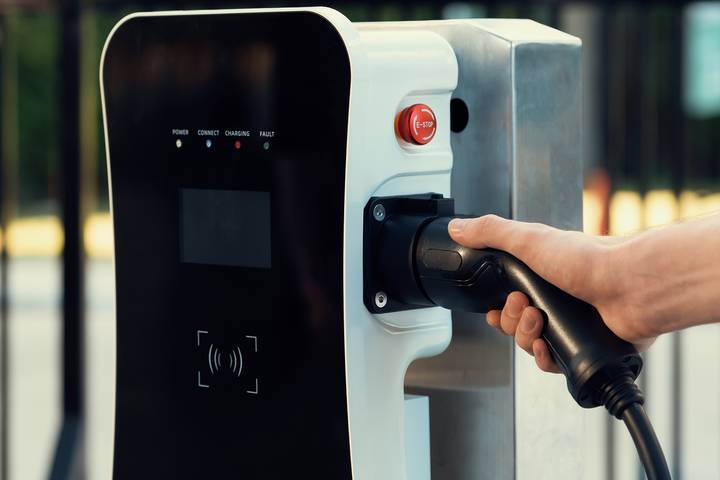
A specific equipment recharges the vehicles at the EV charging stations when required. Understanding the main parts of commercial EV chargers will help you learn how it works. These parts include:
Vehicle inlet and connector
This part allows the entry of electric power from the equipment to the vehicle while the connector interconnects with the inlet for more excellent safety.
Cable and plug
The cable allows the passage of electric current from the primary source to the vehicle and comprises many conductors. The plug interconnects with the main power outlet on the equipment, although some are permanently connected.
Power control unit
The power Control Unit (PCU) controls the power flow between the electrical grid, subsidiary equipment, and the vehicle’s battery. Without a PCU, over-charging or overheating would occur due to improper conversion of AC to DC power.
User interface
EV charging equipment has a user interface that allows effective communication between operators and the equipment. The user interface incorporates features such as a payment system, safety features, and user’s smartphone applications.
Pairing the outlet and inlet
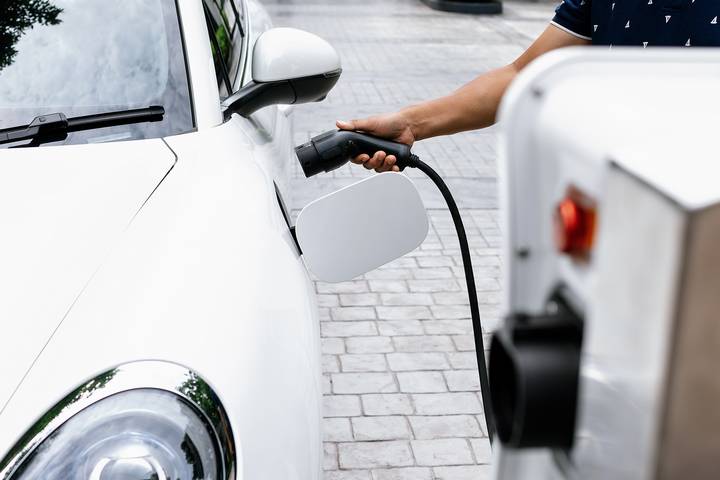
An EV charging equipment is the main thing in the station. After understanding its various components, you can confidently learn how the system works alongside other details.
To begin with, the driver or operator connects the plug to the main power outlet and the connector end to the electric vehicle. The procedure only requires a connector and vehicle inlet for permanently attached plugs. Various electric vehicle models often require different connectors due to compatibility issues.
Payment
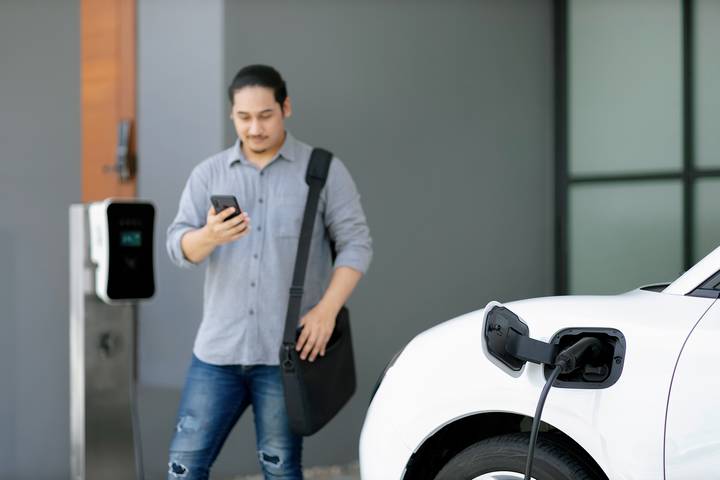
After linking the connector to the electric vehicle inlet, the operator initiates a payment prompt displaying different payment methods, such as credit cards, mobile apps, or RFID cards. A professional should operate the EV charging system to ensure no one tampers with the fees. These experts also control specific parameters such as speed, current flow, and voltage to prevent accidents.
Power conversion and charging
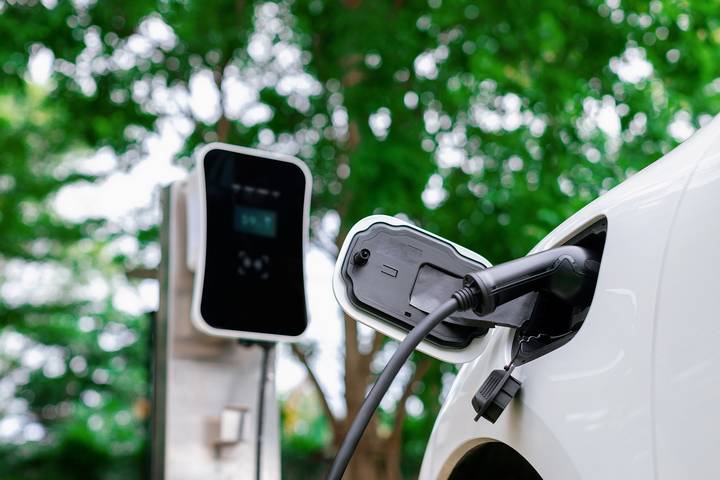
Once the payment has been processed, the operator can now convert the power into the specific DC required. If the conversion isn’t necessary, the operator charges the electric vehicle immediately.
The duration taken during the charging mainly depends on the type of electric vehicle and the strength of the EV charging equipment. Fast EV chargers typically take 45 minutes to charge a standard car to approximately 75%.
Disconnection
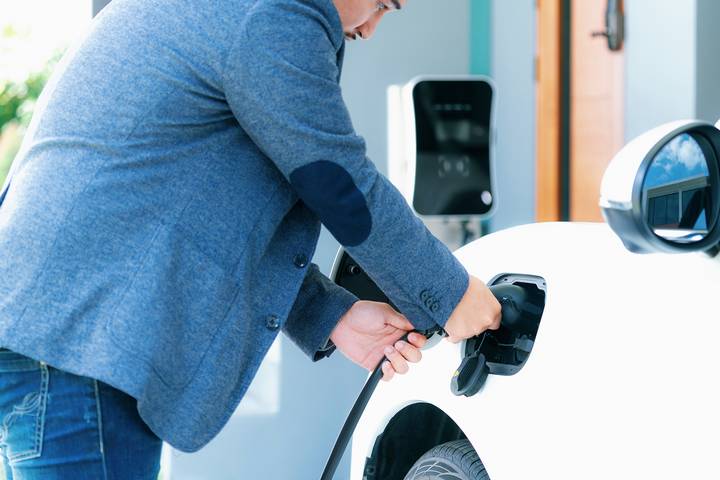
The operator can complete the process after the vehicle has charged to its total capacity or attained the driver’s specified charge level. Thanks to developing technology, many electric vehicle charging equipment are designed to automatically stop the flow once it attains the initially specified level. The operator controls the electricity flow for manual EV equipment by pressing the off button near the main outlet.
The operator can now disconnect the connector from the vehicle inlet and position the cable in its required position. For further safety, some EV charging stations send detailed information to the driver stating their cost, amount of charge fed to the EV, duration taken, and other relevant details.
Safety Measures at the EV Charging Station
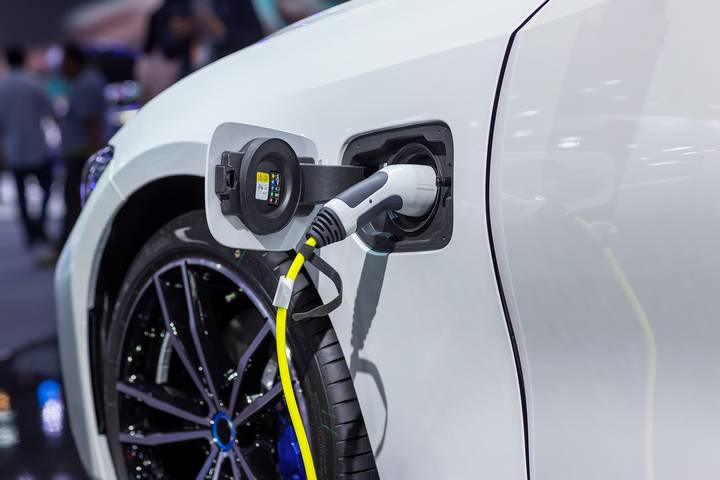
Like the usual charging systems, safety remains essential at the EV charging stations to prevent fire accidents, electric shock, and related misfortunes.
Proper handling
First, the electric vehicle charging equipment must be operated by an expert to ensure proper handling. Drivers should be well-trained in how to work an EV charging system alongside the supervision of an expert for further safety.
Safety equipment
Another safety measure at the EV charging station is wearing the right gear and standing well when handling the system. Operators are advised to inspect the equipment thoroughly before every recharge or occasionally to identify possible damages. Furthermore, no matter how much you’re used to the EV equipment, following the manufacturer’s instructions regarding recharging, cleaning, or maintenance is essential.
Safety equipment
Since EV charging stations are full of electrical components, operators should avoid moisture or water when handling them or recharge vehicles during excessive rains to prevent electric shocks. It’s also mandatory to have active fire extinguishers and other emergency strategies at the stations 24/7.
Children and pets
Children and pets should be kept away from the charging equipment, whether busy or not. Lastly, any unusual events with the charging equipment, such as foreign noises and slow or abnormally fast charging, should be reported to the emergency office immediately for further examination.

